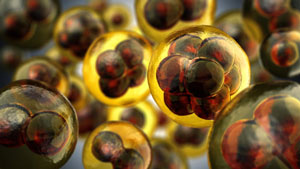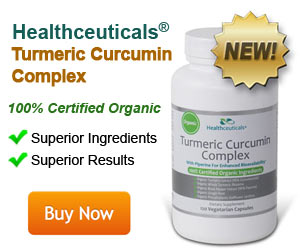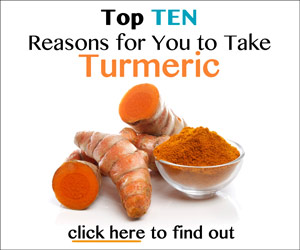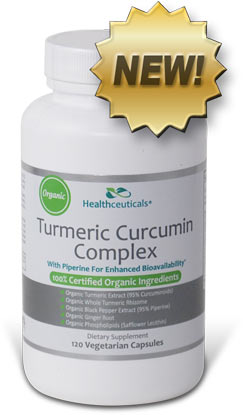
Effects of Turmeric Compounds on Protein Kinases Involved in Cancer
| PROTEIN KINASES AND CANCER | |||
|---|---|---|---|
| HOW DO THEY CONTRIBUTE TO CANCER? AND HOW CAN TURMERIC COMPOUNDS HELP? |
|||
|
Kinases are enzymes that increase the rate of production of other proteins. They do so by transferring molecules (such as phosphate) from one protein to another. Their activity (e.g., phosphorylation) serves as a signal to activate and promote other proteins important to the cell growth cycle. This includes: (vi.47, 84, 114, 118-121)
When dysregulated, kinases can help cause many diseases, including cancer. For example, pS6 kinases appear to be involved in the development and growth of a number of cancers, including squamous cell skin tumors and non-Hodgkin's lymphoma. Some uncontrolled kinases are also involved in metastasis (such as Pl3k, PAK1, and FAK) and drug resistance (e.g., thymidine). (vi.76, 81, 84, 114, 118-125) Effect of Turmeric on Kinases Turmeric and its curcumin compounds can both suppress and promote protein kinases. For example, curcumin downregulates mTOR and CDK4 protein kinases — both of which activate proteins that promote cancer cell growth and proliferation. (vi.5, 41-43, 126-129) On the other hand, curcumin upregulates CHK2, a protein kinase that activates p53, a tumor suppressor. P53 stimulates production of a protein that inhibits CDK, another kinase which stops a damaged cell from progressing through the cell cycle. This gives it time to make DNA repairs. If the damage is irreparable, p53 induces the death of cancer cells. Curcumin also activates PKD1. This kinase inhibits transcription factor and structural proteins that promote prostate cancer growth and metastasis. (vi.5, 41-43, 126-128) Curcumin's inhibition of the mammalian target of rapamycin (mTOR) kinase appears to be particularly helpful against difficult-to-treat cancers. These include head and neck cancers, malignant glioma (brain cancer), and uterine leiomyosarcoma (ULMS). (vi.13, 130) Active Turmeric Compounds Other compounds in turmeric that help with kinases include:
|
|||
| SPECIFIC EFFECTS OF TURMERIC COMPOUNDS | |||
| ↓ AMPK | ↑ ↓ ERK | ↑ ↓ Pl3K | ↓ Syk |
| ↓ CDK1 | ↓ FAK | ↑ ↓ p38 MAPK | ↓ Src |
| ↓ CDK2 | ↓ IκBα | ↓ PKA | ↓ Thymidine |
| ↓ CDK4 | ↓ IKK | ↓ PKC | ↓ TYK2 |
| ↓ CDK6 | ↓ JAK2 | ↑ PKD1 | |
| ↑ CHK1 | ↑ ↓ JNK | ↓ p70S6k | |
| ↑ CHK2 | ↓ mTOR | ↓ pS6 | |
| ↓ EGFR tyrosine kinase | ↓ PAK1 | ||






